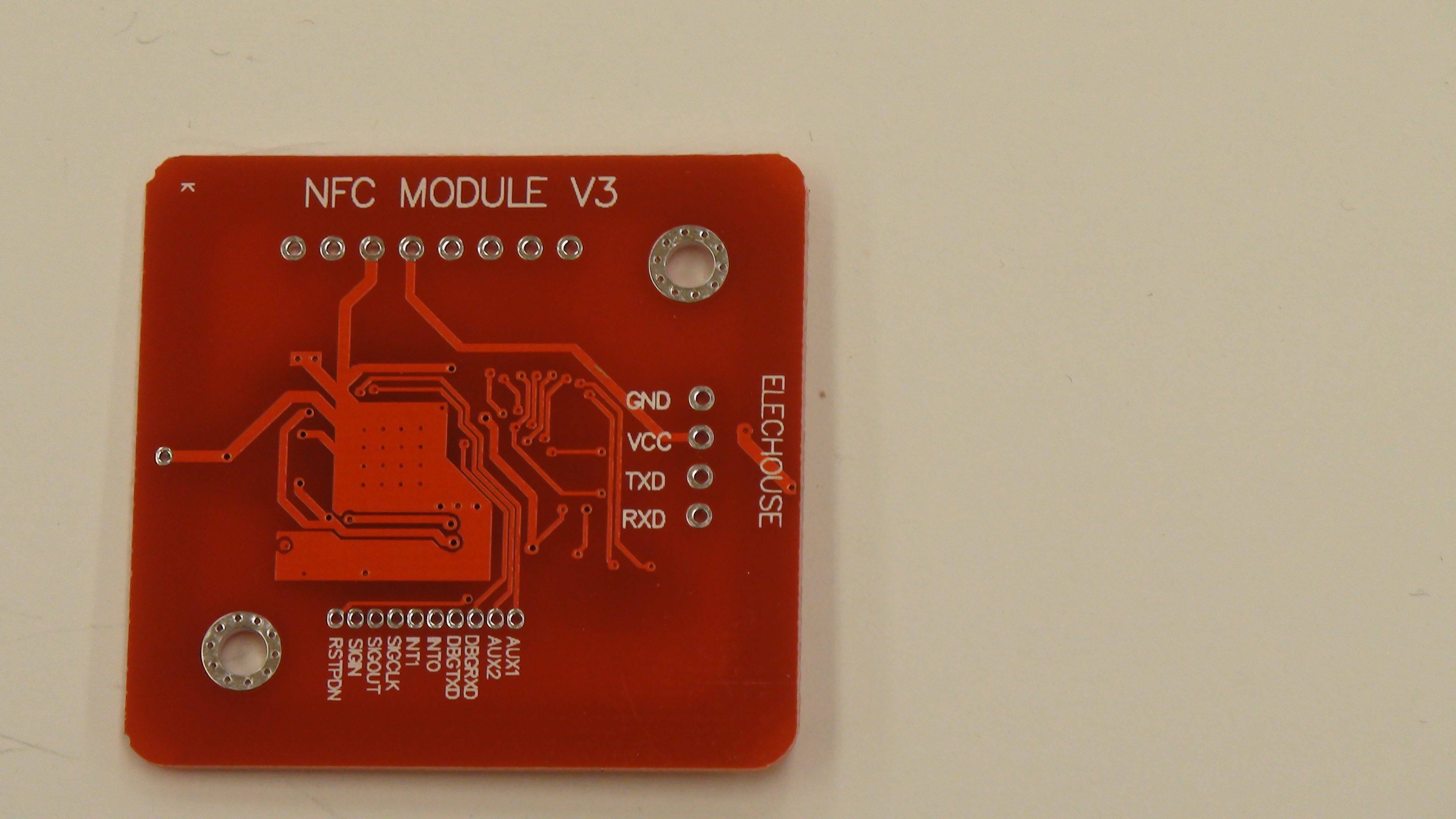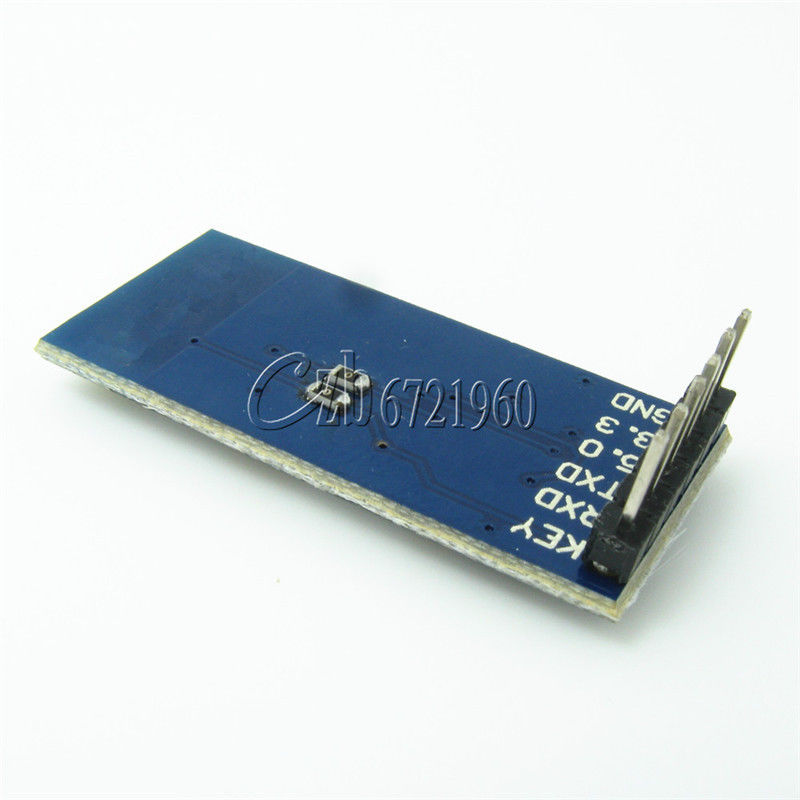
| Week of ... | Lab | Reference
Material [ white background indicates required reading; gray background indicates optional reading] |
|
Introduction to Arduino |
||
| Jan. 6 |
|
Arduino homepage
Pin assignment diagram (png version) Pin assignment diagram (DIA, i.e. editable version) LCD Shield wiki Sample code (Note: The code in the wiki is very confusing.) LCD-00255 datasheet [ February 5, 2015 ] LCD-00255 extended datasheet [ February 5, 2015 ] |
|
Wireless Devices with Arduino Serial Communication-UART [PDF] [ June 28, 2017 ] |
||
| Jan. 13 |
|
Index of sensors
(including ones used here)
|
|
RFID |
||
| Jan. 20 |
|
|
|
Exploring NRF24L01
|
||
| Jan. 27 |
|

Wireless transceivers (SPI) arduino info: NRF24L01-2.4GHz Howto Arduino Wireless Communication - NRF24L01 Tutorial Arduino Playground - NRF24L01 How to use the NRF24L01 2.4GHz wireless module with an Arduino |
|
Continuing |
||
| Feb. 3 |
|
325-433MHz transmitter/receiver pair

433MHz remote control/receiver pair 
Serial Communication-SPI [PDF] [ June 28, 2017 ] Serial Communication-I2C [PDF] [ June 28, 2017 ] Xbee shield wireless module Xbee Zigbee wireless module datasheet Xbee module mechanical specifications Arduino Xbee shield wireless module schematic PN532 NFC Arduino library PN532 NFC datasheet 

Fritzing where you can download software to draw wiring diagrams with Arduinos and other components |
|
Continuing |
||
| Feb. 10 |
|
Wi-Fi Wireless Wiki
(see section on "Attenuation")
Electromagnetic waves - reflection, refraction, diffraction [Radio-Electronics.com ] Fast fading Textbook: Section 2.4 Transmission Media |
|
READING WEEK |
||
| Feb. 17 | Reading Week - no lab | |
|
Exploring Bluetooth |
||
| Feb. 24 |
|
A CHILD'S GUIDE to BASIC TWO WAY BLUETOOTH COMMUNICATION via HC-05 or HC-06 BETWEEN ARDUINO AND ANDROID. Page with HC-05 having KEY and SATE pins Page with HC-05 from LC Technology How to Use Bluetooth 4.0 HM10 (Instructables) Bluetooth LE module (UART) Bluetooth Mate tranceiver (UART) Bluetooth Mate page Bluetooth HC-05 tranceiver (UART) 
Bluetooth LE with Arduino and Linux [ June 19, 2017 ] Bluetooth Classic with Arduino and Linux [ June 28, 2017 ] Bluetooth test sketch You'll want to change the pins used for Software Serial to avoid pins used by the LCD shield. (Some of the analog input pins would work; remember A0 is used by the shield.) Also, remember that Tx from the Arduino should connect to Rx of the Bluetooth module and vice versa. Don't forget the voltage divider on the Rx pin of the module. |
|
Continuing |
||
| Mar. 2 |
|
What the Signal Strength Bars mean in Wireless hardware [2005] iPhone exaggerates the signal strength of AT&T's network [2010] |
|
TBA |
||
| Mar. 9 |
|
|
|
TBA |
||
| Mar. 16 |
|
|
|
TBA |
||
|
Mar. 23
|
|
|
|
TBA |
||
| Apr. 1 |
|
|




Wilfrid Laurier University
© 2019 Wilfrid Laurier University